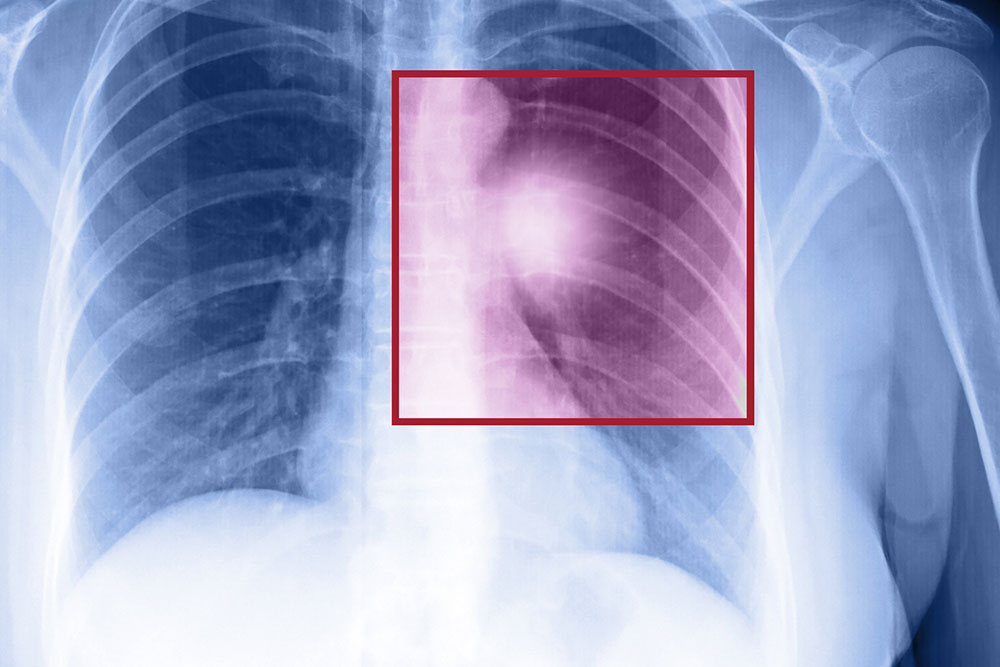Comprehensive Guide to Lung Cancer Staging and Its Clinical Importance
This article provides a detailed overview of lung cancer staging, highlighting its importance in diagnosis and treatment. It explains the differences between small cell and non-small cell lung cancers, their stages, and diagnostic methods. Early detection and accurate staging are essential for improving patient outcomes. The article emphasizes the significance of understanding disease progression to guide effective treatment strategies and improve survival rates.

Lung Cancer Staging: A Vital Tool in Treatment Planning
Lung cancer staging indicates how far the disease has progressed, aiding doctors in evaluating tumor spread and severity. It is essential for devising treatment strategies, tracking disease progression, and predicting patient survival. Staging assesses tumor size, lymph node involvement, and metastasis. Different criteria apply to small cell and non-small cell lung cancers, reflecting their distinct characteristics.
For small cell lung cancer (SCLC), staging categories include limited and extensive stages, while non-small cell lung cancer (NSCLC) stages range from I to IV based on tumor size and spread.
SCLC and Its Staging
SCLC accounts for roughly 15% of lung cancer diagnoses and originates in the bronchi or peripheral lung areas. It progresses rapidly without treatment and is mostly linked to smoking. Diagnosis involves imaging tests, sputum analysis, bronchoscopy, biopsies, and ultrasound.
The disease is classified as:
Limited stage: confined to one lung or one side of the chest.
Extensive stage: spread across both lungs or to other parts of the body.
Non-Small Cell Lung Cancer and Its Stages
NSCLC arises from lung tissues, including subtypes like adenocarcinoma, squamous cell carcinoma, and large cell carcinoma. These account for about 85% of cases and are staged from I to IV, depending on disease extent. Diagnosis utilizes imaging and biopsy procedures.
Staging descriptions include:
Stage I: localized tumor within lung tissue, no lymph node involvement.
Stage II: tumor in lung and nearby lymph nodes.
Stage III: tumor reaches central chest areas and lymph nodes.
Stage IIIA: lymph nodes on the same side of the chest are involved.
Stage IIIB: spread to opposite side lymph nodes or adjacent organs.
Stage IV: distant metastasis, including spread to both lungs or distant organs.
Early stages (I and II) are often hard to detect without screening, emphasizing the importance of early diagnosis. Advanced imaging and biopsy techniques enhance staging accuracy.
Stage III involves larger tumors with nodal spread, with treatment depending on tumor size and patient health. Most cases are diagnosed at later stages, underscoring the need for early detection efforts.
About 30% of lung cancers are caught early (Stages I and II), another 30% at Stage III, and the remaining 40% at Stage IV. Accurate staging is crucial for optimal treatment selections.


